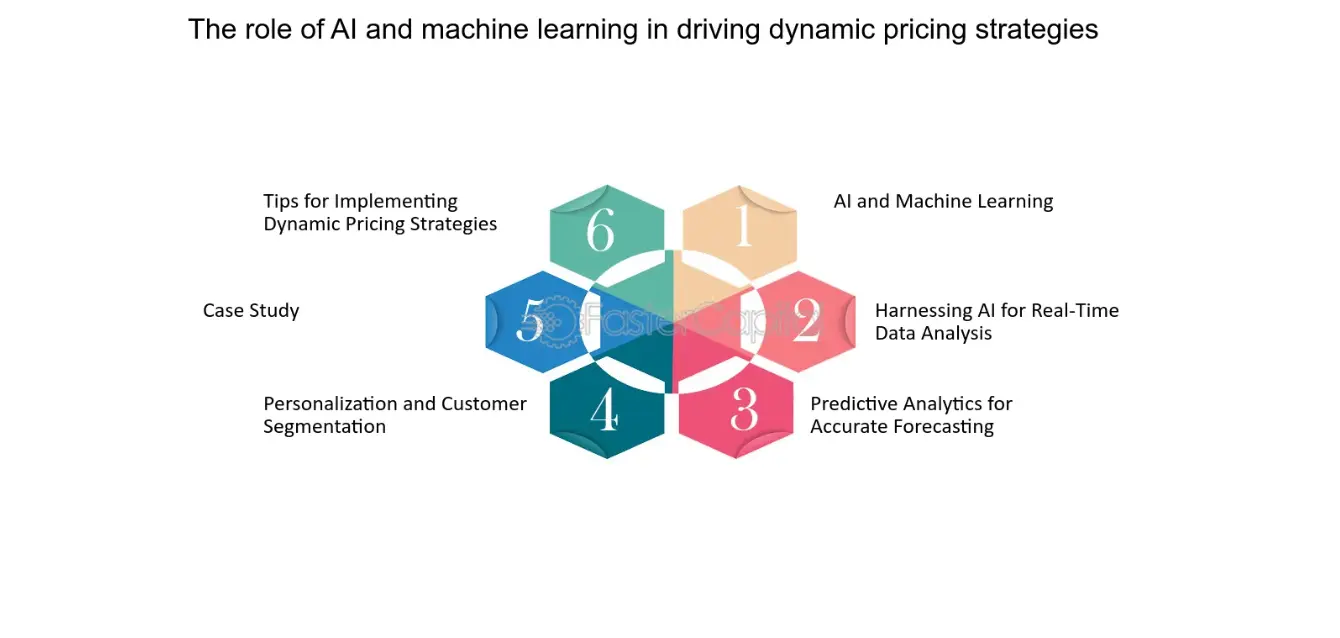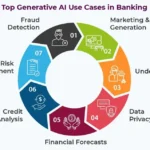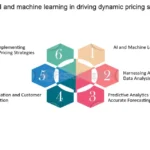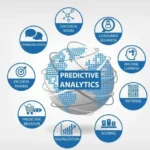Dynamic pricing is an increasingly popular strategy for businesses looking to maximize revenue and stay competitive in today’s rapidly changing market. By adjusting prices in real-time based on various factors such as supply and demand, competitors’ prices, and customer behavior, companies can optimize their pricing strategies and gain a significant edge over their rivals. Traditionally, dynamic pricing has relied on complex algorithms and statistical models to analyze vast amounts of data and make pricing decisions. However, with the advent of artificial intelligence (AI), particularly generative AI, the game is changing.
Traditional AI for Dynamic Pricing
Traditional AI techniques, such as machine learning and predictive analytics, have been instrumental in enabling dynamic pricing strategies. These approaches involve training algorithms on historical data to identify patterns and make predictions about future demand, customer behavior, and market trends. By leveraging techniques like regression analysis, decision trees, and neural networks, businesses can develop sophisticated pricing models that take into account a wide range of variables and make data-driven pricing decisions.
One of the key advantages of traditional AI for dynamic pricing is its ability to process and analyze large datasets quickly and accurately. This is particularly valuable in industries with high volumes of transactions and rapidly changing market conditions, such as e-commerce, travel, and hospitality. Additionally, traditional AI models can be continuously updated and refined as new data becomes available, ensuring that pricing strategies remain relevant and effective over time.
Generative AI for Dynamic Pricing
While traditional AI has proven its worth in dynamic pricing, the emergence of generative AI is poised to take this practice to new heights. Generative AI models, such as large language models (LLMs) and diffusion models, have the remarkable ability to generate new, original content based on the data they are trained on. This capability opens up exciting possibilities for dynamic pricing strategies.
One potential application of generative AI in dynamic pricing is the creation of personalized pricing models tailored to individual customers or segments. By analyzing customer data, purchase histories, and preferences, generative AI models can generate unique pricing strategies that cater to specific customer needs and behaviors. This level of personalization can lead to increased customer satisfaction, loyalty, and ultimately, higher revenue.
Another promising use case for generative AI in dynamic pricing is the generation of pricing scenarios and simulations. By training generative models on historical data and market trends, businesses can generate a vast array of potential pricing scenarios and evaluate their potential outcomes. This can help companies identify optimal pricing strategies, mitigate risks, and stay ahead of the competition.
Moreover, generative AI models can be used to generate natural language descriptions and explanations of pricing decisions, making it easier for businesses to communicate their pricing strategies to customers and stakeholders. This transparency can foster trust and improve customer relationships, which is crucial in today’s consumer-centric market.
Combining Traditional AI and Generative AI
While both traditional AI and generative AI offer distinct advantages for dynamic pricing, the true power lies in combining these approaches. By integrating traditional AI techniques for data analysis and prediction with generative AI models for content generation and scenario simulation, businesses can create robust and comprehensive dynamic pricing solutions.
While both traditional AI and generative AI offer distinct advantages for dynamic pricing, the true power lies in combining these approaches. By integrating traditional AI techniques for data analysis and prediction with generative AI models for content generation and scenario simulation, businesses can create robust and comprehensive dynamic pricing solutions.
Conclusion
Dynamic pricing is a critical component of modern business strategies, and AI is playing an increasingly important role in this domain. Traditional AI techniques have already proven their value in enabling data-driven pricing decisions, but the emergence of generative AI is opening up new possibilities for personalization, scenario simulation, and transparent communication. By combining the strengths of both traditional and generative AI, businesses can gain a significant competitive advantage and unlock new revenue streams through dynamic pricing strategies that are tailored, adaptable, and customer-centric.







